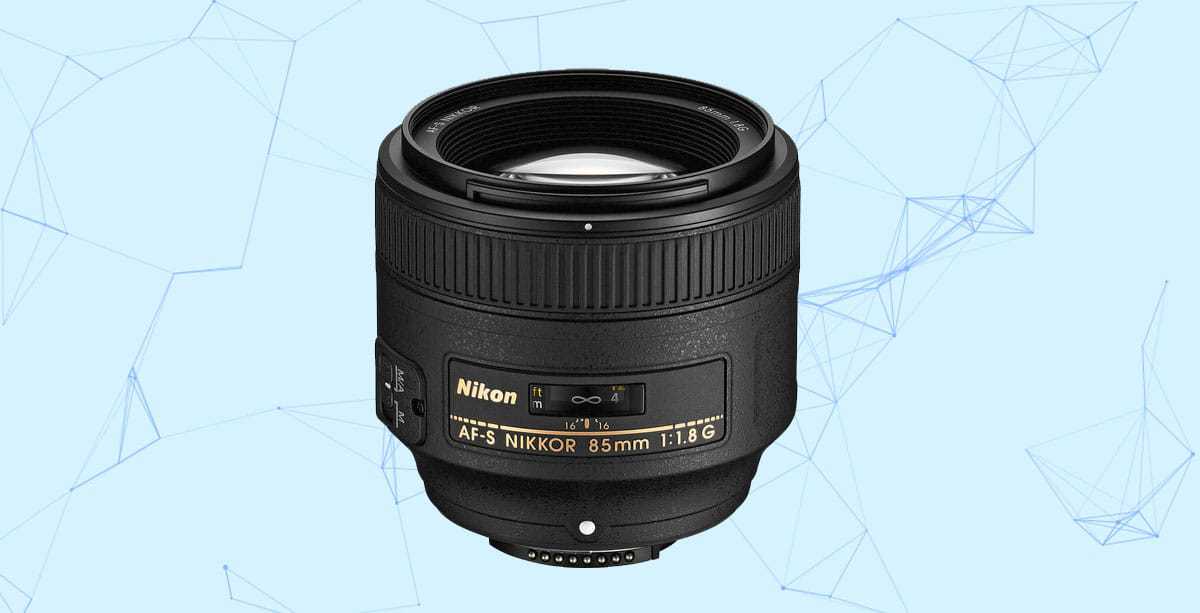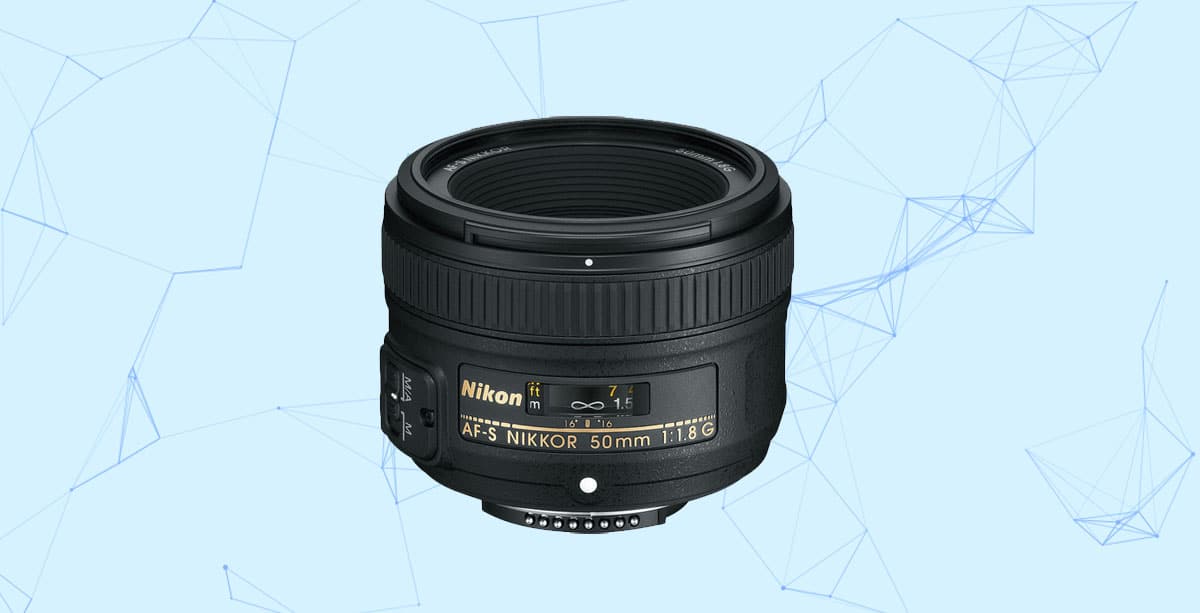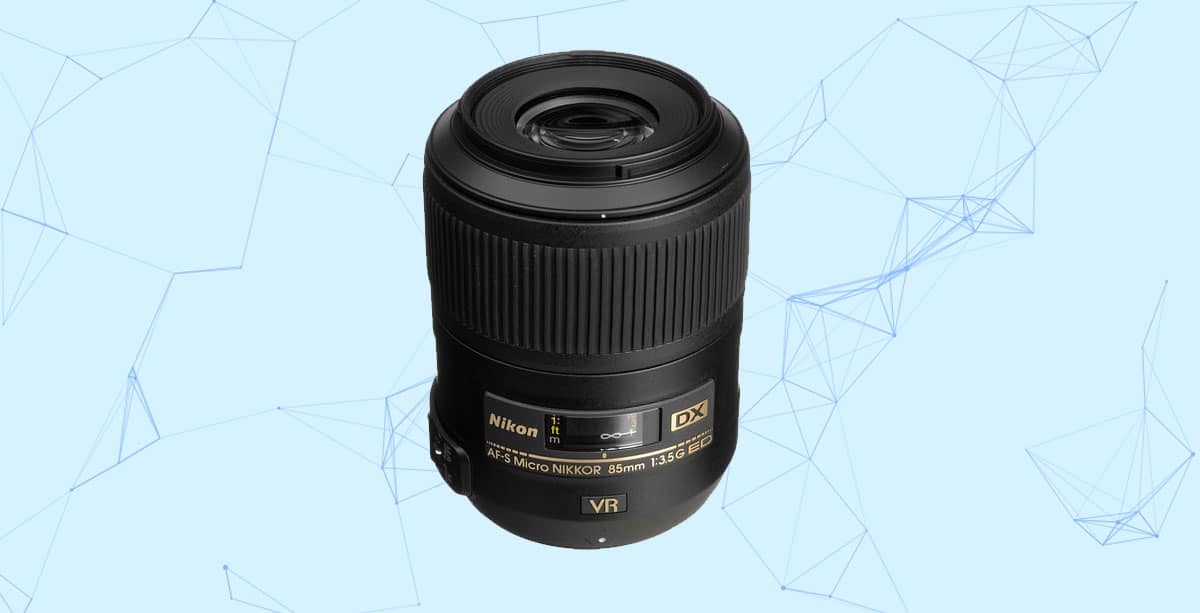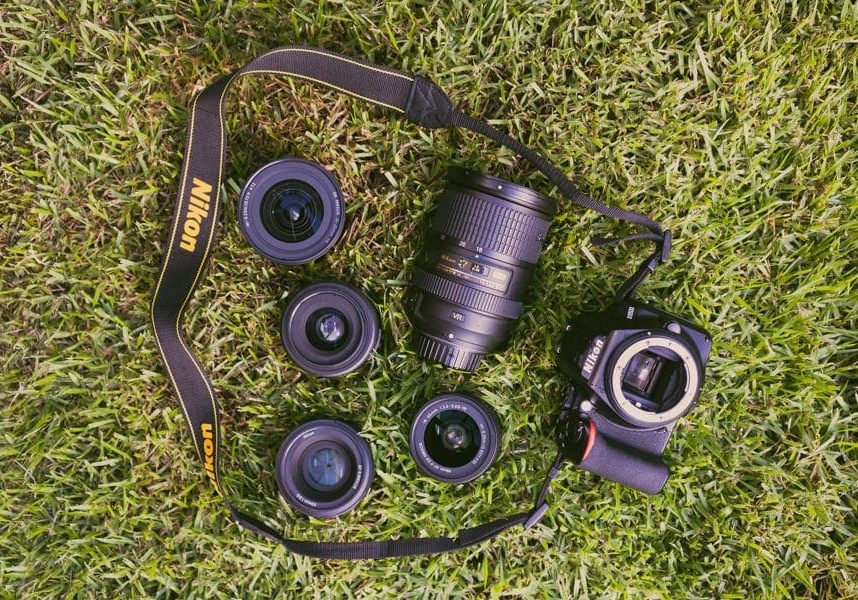
Best Nikon D3200 Lenses
Guide to the 5 best Nikon D3200 lenses. This APS-C camera is several years old, but you can still make the most of the sensor with one of these DX options.
Camera Gear Guides | Lens Guides | Nikon Lens Guides | By Don Machuca | Last Updated: March 9, 2023
With new cameras coming out all the time, you may be wondering why I’m writing about the best Nikon D3200 lenses.
Well, for starters, the D3200 (dated as it is) still stacks up very well against current DSLRs in its class. This means that its positively reviewed 24.2 megapixel DX CMOS sensor and the other intuitive features it has built-in (creative presets, tutorial mode) make it pretty good at capturing stunning still images and HD video.
Being part of Nikon’s entry-level DSLR series, the D3200 is a pretty easy camera to use but, don’t think for one second that Automatic is all that it’s capable of.
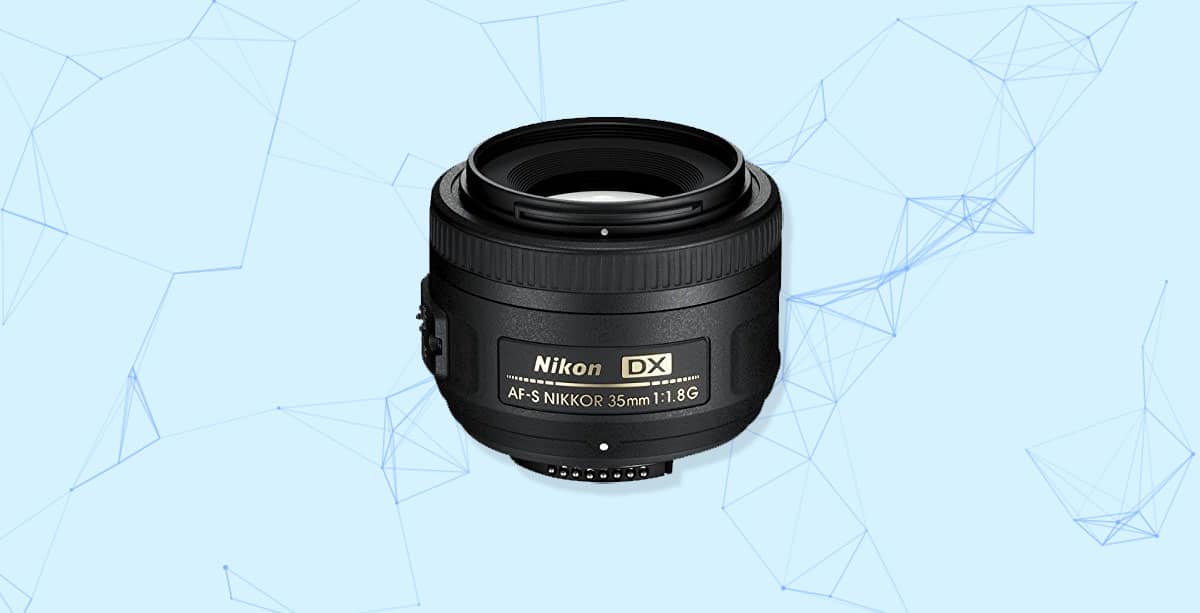
Most affordable way to get high quality images (even in low light), with beautiful background blur. This is the first lens you should buy for your D3300.
The fact is, the Nikon D3200 can do a lot of things that higher spec’d cameras can. It can even teach you how to master its functions via an integrated tutorial mode, making it great for learning photography.
So, if you have one of these cameras languishing in a box or closet somewhere, by all means, take it out and put it to good use! Not only will it make for a fine back up camera, but it can also hold its own in the proper hands, with the right set of lenses of course.
Table of Contents
Recommended Nikon D3200 Lenses in 2023
| Image | Product | Features | |
|---|---|---|---|
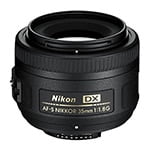 | Nikon 35mm f/1.8G DXBEST ALL ROUND PRIME |
| View Price → |
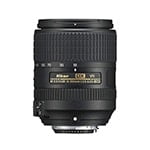 | Nikon 18-300mm f/3.5-5.6 DXBEST ALL ROUND ZOOM |
| View Price → |
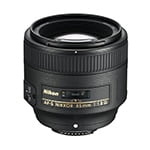 | Nikon 85mm /1.8 FXBEST FOR PORTRAITS |
| View Price → |
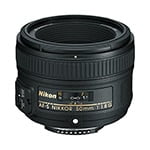 | Nikon 50mm f/1.8 FXBEST VALUE PRIME |
| View Price → |
 | Nikon 85mm f/3.5 DX MIcroBEST ALL ROUND MACRO |
| View Price → |
Like any tool bag, your camera bag needs to have a number of things in it for you to be able to do your job as you intend. Lenses, in particular, are going to dictate the way you capture your images so you need to have the right ones for the right situations.
In some cases, you can make do with a kit lens like the one that came with your D3200, but sometimes makeshift solutions just won’t work.
Take distance shots, for instance. There’s just no way for you to take a proper image without making use of a telephoto lens. Likewise, you cannot use a normal lens to take highly detailed macro images.
This is why you need to have the right tools for the right jobs.
Understandably, acquiring the lenses you want is easier said than done. Not only can investing in them be a costly affair, but you may also end up confused because there are quite a number of lenses to sort through. You’d therefore need to do quite a bit of research to narrow down your choices.
That’s why I’ve taken it upon myself to review a few affordable Nikon lenses – here’s a look at what I think are the most bang-for-buck options available for your Nikon D3200 here in 2023.
1. Nikon 35mm f/1.8G ED
Focal Length: 35 mm (50 mm equivalent)
Weight: 197 g (6.95 oz)
Size (Diameter x Length): 70 x 52.5 mm (2.8″x 2.1″)
Filter Diameter: 52 mm
Minimum Focus Distance: 0.3 m (0.99 ft)
If you’re on the lookout for a really sharp walk-around lens for your Nikon D3200 that won’t ravage your bank account, then the Nikon 35mm f/1.8G is just the thing.
Though designed for full-frame Nikon FX bodies, this 50mm equivalent lens (taking into account the DX sensor’s 1.5x crop factor) is a great fit for the D3200 and lends itself perfectly to general-purpose shooting.
What’s more, if you put the work in to really learn the craft, this lens rewards you with crisp, vibrant images that simply cannot be matched by consumer-grade kit lenses.
I happen to own this lens and I can well and truly say that it does more than what’s asked. It has helped my hone my craft and from all the years of using the 35mm f/1.8G, I can definitively say that delivers every time you call on it to do so.

Nikon 35mm f/1.8G | 1/3200 f/6.3 ISO100
The Nikon 35mm f/1.8G has the fast and quiet AF-S focusing system built in so you should be able to lock onto a subject quickly and fire off a few frames before the subject leaves or the situation changes.
It’s also a very handy lens to use in low light situations so you can expect to take great hand-held images even in dark situations.
One thing to be aware of when using this lens is that attached to the crop sensor D3200, the focal length will be more like 50mm – so a little tighter than 35mm.
As far as practicality goes, zooms are far more convenient and will usually allow you to take an image without having to move around too much. But, you should be aware that the sharpness of zoom lenses comes nowhere near that of the Nikon 35mm f/1.8G, so it’s definitely worth the price of having to move around.
At well under $200, the 35mm f/1.8 G isn’t something you should pass up. For what it can do and for what it costs, there simply is no good reason not to have this lens in your line up.
2. Nikon 18-300mm f/3.5-5.6
Focal Length: 18-300 mm (27-450 mm equivalent)
Weight: 550 g (19.4 oz)
Size (Diameter x Length): 78.5 x 99mm (3.1″ x 3.9″)
Filter Diameter: 67 mm
Minimum Focus Distance: 0.48 m (1.6 ft)
Let’s face it. Going around town with a camera bag full of lenses can be quite a drag. Aside from being heavy, it’s probably going to limit your movement in some way and will keep you tied up as you will need to guard the bag against theft.
Not only that, switching to the right lens for the situation may just take more time than you have to capture an image.
So, if you’re not a fan of lens switching and don’t mind the heft of something bigger, You may want to check out the Nikon 18-300mm f/3.5-5.6. Built specifically for DX sensors like the one in your Nikon D3200, this one lens does the job of a whole host of lenses and will therefore allow you to leave your gear bag at home.
Given what it can do, the 18-300mm DX is a little on the hefty side (550 grams) but, you’ll be glad to know that it is a full 300 grams lighter than its immediate predecessor. This means less fatigue at the end of the day and steadier hands when you take a shot.
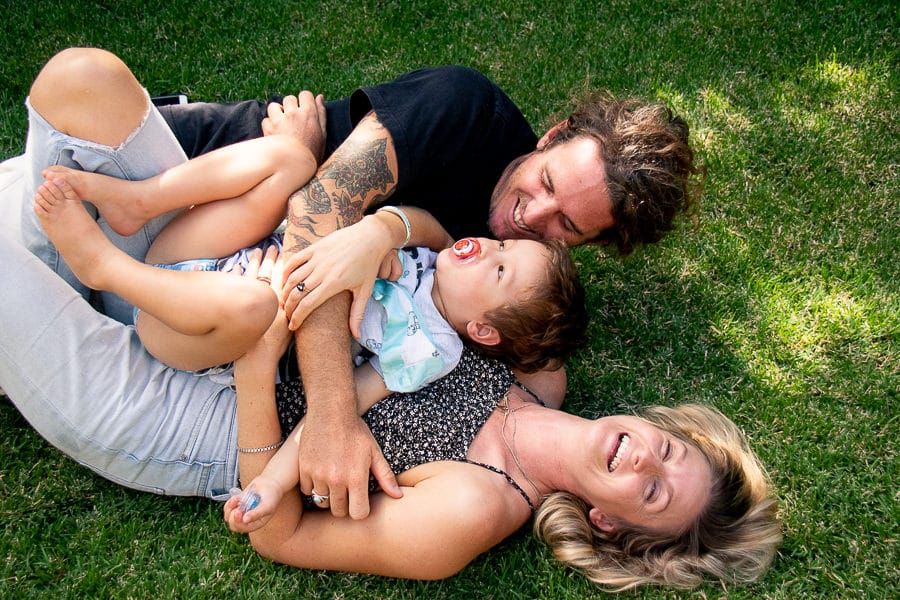
Nikon 18-300mm f/3.5-5.6 | 1/2000 f/4.5 ISO 800 at 34mm
Also, with the DX sensor introducing a 1.5x crop factor, you’re effectively getting a 27-450mm focal range. This is more than good enough to cover most scenes at the wide end and tight enough for bird watching on the telephoto side.
One thing though, the lens is great at what it does but with all the moving parts in it, don’t expect it to be as sharp as a Nikon prime. No worries though, as post-processing can compensate effectively for as long as the image is as free from camera shake as you can make it.
Price-wise, the Nikon 18-300mm f/3.5-5.6 isn’t exactly cheap at just over 600 bucks. However, it isn’t prohibitive either. In fact, you may just end up saving some cash in the long run as you no longer need to buy other lenses to build a wide-normal-telephoto lineup.
Check it out. The Nikon 18-300mm f/3.5-5.6 may the one lens you need to replace all the others.
3. Nikon 85mm f/1.8G
Focal Length: 85 mm (127.5 mm equivalent)
Weight: 351.3 g (12.39 oz.)
Size (Diameter x Length): 80 x 73 mm (3.1″ x 2.9″)
Filter Diameter: 67 mm
Minimum Focus Distance: 0.8 m (2.6 ft)
If you’re not really a fan of getting too close to your subject or if the circumstances that you normally shoot in won’t allow you to get as near as you’d like, then you’re going to have to choose a lens that lets you get your work done effectively.
Yes, a telephoto zoom will probably do the trick but, what if it costs too much or is too bulky for your taste? Then you’re going to have to go with a prime with a longer focal length such as the Nikon 85mm f/1.8G.
Designed for use with full frame FX bodies, the 85mm f/1.8G also works very well with your D3200.
In fact, the 1.5x crop factor inherent in DX bodies actually increases the focal length of the 85mm f/1.8G to 127.5mm. this lets you capture subjects effectively even if you’re some distance away.
This lens also works really well for portraiture and should make your subjects feel a bit more comfortable as you can take portraits from farther back. Besides, at focal lengths greater than 100mm, portraits tend to be more accurate (realistic) and more attractive.
The bokeh that the Nikon 85mm f/1.8G produces is really quite amazing too – if you need to isolate your subject, such as in the food shot below, it can be a useful tool in your arsenal.
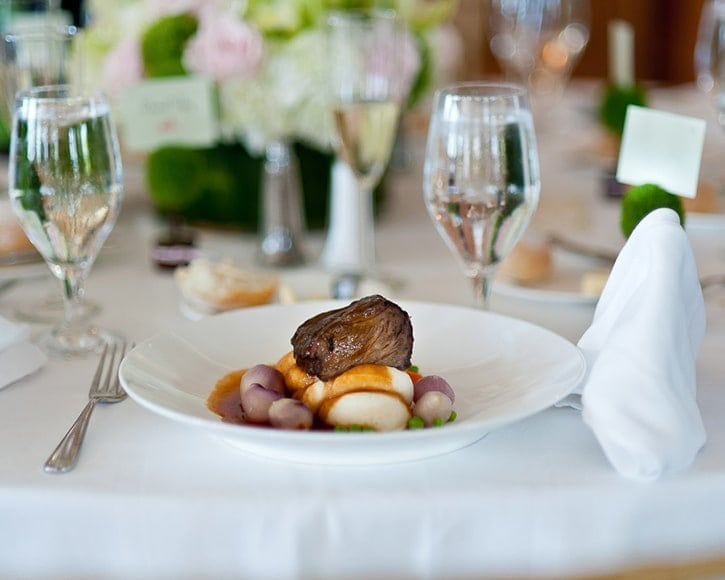
Nikon 85mm f/1.8G | 1/90 f/1.8 ISO800
Considering that the Nikon 85mm f/1.8G isn’t a top-shelf lens price-wise, you’ll probably be surprised to know that it outperforms its high-end sibling, the 85mm 1.4G when it comes to sharpness. Fact is, the 85mm f/1.8G happens to be Nikon’s sharpest 85mm lens… at a third of the price of its big brother!
Though a little heavy on plastic, the Nikon 85mm f/1.8G is well-built, fast and comes equipped with an AF-S focusing system for fast and silent lock-ons.
This along with its wide aperture means that you can acquire a subject from farther out and take flash-free images quickly without having to blip the D3200’s ISO settings too much.
At just over 400 bucks, the lens straddles the boundary between pricey and affordable. However, for what it can do, it provides great value so it really isn’t something that will go to waste provided you take the time to master it.
4. Nikon 50mm f/1.8 G
Focal Length: 50 mm (75 mm equivalent)
Weight: 185 g (6.6 oz.)
Size (Diameter x Length): 72 x 52.5 mm (2.8″ x 2.1″)
Filter Diameter: 58 mm
Minimum Focus Distance: 0.45 m (1.5 ft)
If you want a sharp, reliable lens for taking portraits that won’t break the bank, one of the lenses you should definitely consider is the Nikon 50mm f/1.8G.
At just under $200, the price (as far as lenses go) is surprisingly low, but this doesn’t mean that you’re getting something of low-quality.
The fact is, the 50mm f/1.8G is heavy on plastic, but is still well-built and comes with the smooth, fast and quiet AF-S focusing system that Nikon is known for.
Besides, the 50mm f/1.8G isn’t just sharp for its category, it’s one of the sharpest lenses in Nikon’s entire lineup!
This lens is actually designed for full frame FX bodies, but is still an awesome match for your Nikon D3200 and its DX sensor.

Nikon 35mm f/1.8 DX | 1/640 f/1.8 ISO100
Though a little narrow for a walk-around-town number, the DX sensor built into the D3200 effectively turns the Nikon 50mm f/1.8G into a very useful 75mm portrait lens which again, is very, very sharp.
The generous maximum aperture (f/1.8) makes this a fast lens that’s capable of excellent flash-free handheld shots even in low light.
You will, of course, have to raise the D3200’s ISO settings a little to get the most out of the lens’s low-light capability.
All told, if portraiture is your game or is something you want to get into, the Nikon 50mm f/1.8G is one lens that should find a home in your camera bag.
5. Nikon 85mm f/3.5 Micro
Focal Length: 85 mm (127.5 mm equivalent)
Weight: 352 g (12.4 oz.)
Size (Diameter x Length): 73 x 98.5 mm (2.9″ x 3.9″)
Filter Diameter: 52 mm
Minimum Focus Distance: 0.286 m (0.9 ft)
Portraits and landscapes are everyday subjects are fine but there’s one aspect of photography that’s really, interesting: macro.
Done right, macro photography lets you capture details that we don’t normally see. the fuzz on a bee, for instance, or the compound eyes of an insect. You even get to see vivid, beautiful colors on what are otherwise pests like the common housefly.
That said though, macro photography isn’t the easiest thing to get into. Aside from steady hands, you’re also going to need one a specific lens that will focus close enough to get the job done. A lens like the Nikon 85mm f/3.5 Micro.
Built for DX bodies, the 85mm Micro is a very capable tool that lets you capture 1:1 images on your D3200’s sensor. This means you get a life-sized reproduction of the tiny plant or critter that you’re shooting.
One thing to take note of though, shooting macro requires quite a bit of light and a lower ISO speed to keep things clean. As such, you’re going to need to avoid bumping up your D3200’s ISO setting and instead rely on natural light (if available) or a strobe.
At just over $550, the Nikon 85mm Micro isn’t exactly a cheap macro lens for Nikon DSLR owners, but neither is it high end. Therefore expect it to be a bit heavy on plastic and less robust than its more premium counterparts.
Take note though, that this lens makes up for its less-than-ideal build quality with excellent ergonomics and easy manual focusing which is something that will come in very handy.
In a nutshell, the Nikon 85mm f/3.5 Micro may not be the absolute best Nikon macro lens you can get, but given what the D3200 is and how it ranks in Nikon’s DSLR lineup, it makes a lot of practical and economic sense to pair them together.
What lenses are suitable for the Nikon D3200?
The technical competence of the Nikon D3200 (like any other camera) doesn’t count for much if it isn’t paired with the proper lenses. However, with so many choices available, how do you go about choosing the best ones for your camera?
Yes, you can certainly opt for top-of-the-line lenses but, given what the camera is, would that be wise? Wouldn’t it be better to opt for mid-range lenses which are almost as capable as their high-end brethren but are far less expensive to acquire?
Given the wide assortment of lenses available for Nikon DSLRs, you may want to keep things in perspective to keep from becoming overwhelmed. After all, the camera’s F mount system means it can (theoretically) work with just about every F mount lens that Nikon has produced since 1959!
Having said that, however, choosing the best lenses for your D3200 shouldn’t be something to stress about. For as long as you know what you want to do, you should be able to narrow your choices considerably.
- What lenses are compatible with the Nikon D3200?
Some of the most compatible lenses for the Nikon D3200 include the following:
- Yongnuo 50mm F1.8N
- Sigma 10-20mm f/4-5.6.
- Samyang 8mm F/3.5
- Nikon AF-S DX Micro NIKKOR 40mm
- Tokina 11-16mm F/2.8
- AF-S DX Nkr 18-200mm F/3.5-5.6G ED VR II
Final Words
As far as DSLR cameras go, the Nikon D3200 was never intended to be a top of the line product when it was released in 2012, but it’s no slouch either even by today’s standards. Though older now, it still remains competitive as an entry-level DSLR, and can still dish out very high-quality images in the right hands.
Of course, to be able to do this, it’s important to realize that you can’t really count on the kit lens the D3200 came with. So, you’re definitely going to want to invest in more capable lenses like the ones covered in this guide.
It’s also important to understand that no single lens, not even the versatile Nikon 18-300mm f/3.5-5.6, will be enough for every situation or shooting condition. So, you’re going to want to carefully pick out a few lenses from this set that will fill your needs.
Though by no means top-of-the-line, all the lenses reviewed here are very, very capable and are of great value when paired with your Nikon D3200.
As long as you put the practice and the work in, these lenses will serve as fantastic tools that will let you maximize the D3200’s capabilities for a long time to come.
Sound off in the comments below if you agree with my choices or if you think I missed something.

Most affordable way to get high quality images (even in low light), with beautiful background blur. This is the first lens you should buy for your D3300.
Don Machuca is a writer and professional photographer/videographer from Manila, Philippines who specializes in landscapes, events and product photography.






